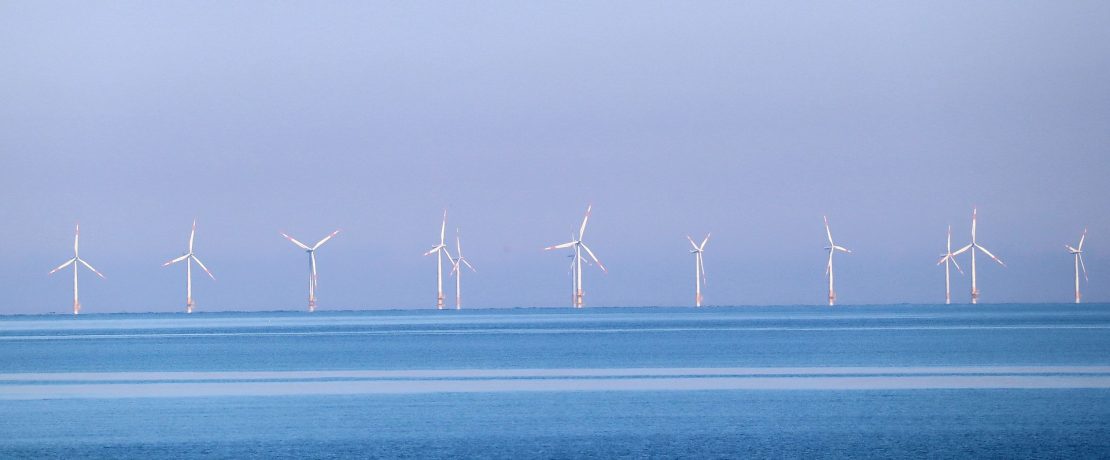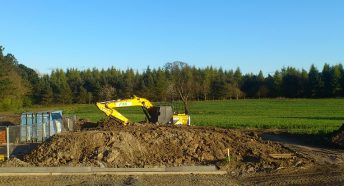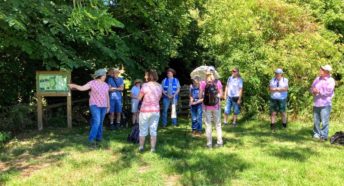Wind turbines – bane or blessing?
CPRE Northumberland supports off-shore wind farms placed (as, for instance, at Blyth) where they do not spoil the beauty of heritage coastal areas. However, we oppose the kind of free-for-all planning system that occurred a few years ago when the high level of inducements offered to landowners and developers through the inflated subsidy (paid for by all electricity users through increased bills) quite distorted the sector – and may do so again if the subsidies return.
Many landowners naturally saw such inducements as attractive. The result was a glut of wind farms, some acceptably placed in areas of low landscape value, but many on higher ground with widespread visibility, thus posing an intrusive threat to the beauty and tranquillity of our coasts and countryside.
In Northumberland, this meant that wind turbines in some areas were in danger of industrialising some of our finest landscapes and blighting the key assets of our emerging tourism industry. The old fell sandstone ridge above Eglingham, prime walking country, is a case in point. 28 turbines, each of 125 metres, were erected and are currently in operation there at Middlemoor and further north at Wandylaw. They are visible for hundreds of square miles, including from the AONB coastline, as this image shows.

Further more, the latest Policy Maps that accompany the Draft Local Plan show (under policy REN 2) extensive areas of the county deemed ‘potentially suitable’ for wind-turbines of up to 130′. This could mean that in many parts of central Northumberland turbines twice the height of the Angel of the North could pop up almost anywhere, unless (under current legislation) local communities oppose the plans.
How good is wind energy?
Further study of the facts about wind energy reveals just how poor a resource in practice it actually is.
For all its high cost, wind energy creates few new jobs for the local community. Some turbines are made in the UK but many originate on the continent so a good part of the high subsidy we all pay swells profits for firms in Germany, Sweden or Denmark.
Wind turbines, however many we erect, save much less on carbon emissions than is often claimed. This is because conventional power stations must be kept running at all times (called by the industry the ‘spinning reserve’) to cover for the uncertainty of supply from the fluctuating airstreams that cross the UK.
In conclusion, CPRE Northumberland welcomes schemes to capture wind energy that respect our coast and countryside, but where they don’t we will support communities that oppose plans in their area which show scant regard for their quality of life or their outlook over cherished landscapes.









